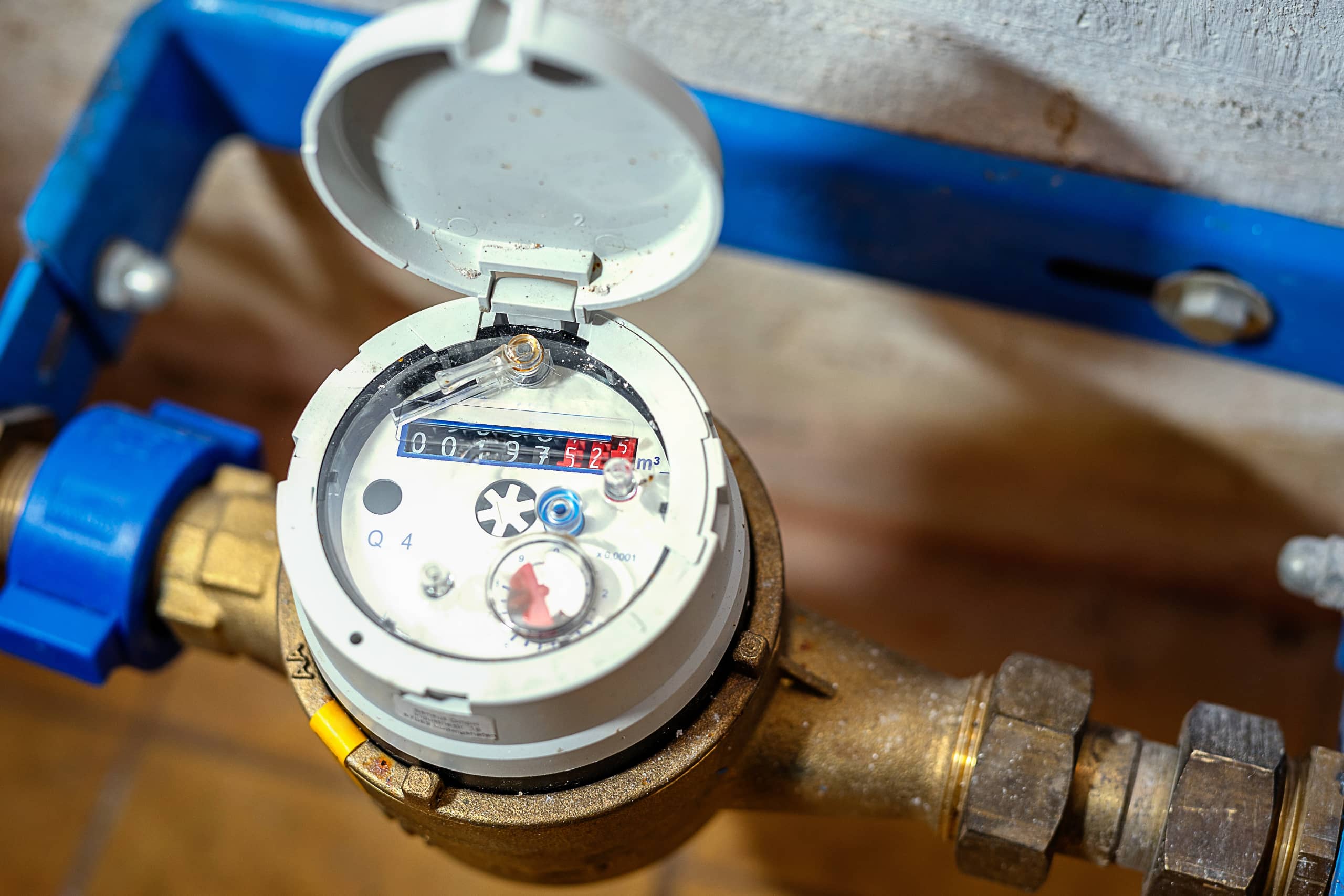4 ways to manage seasonal spikes and drops in your business water
As we’ve covered before on the blog, seasonal changes can have a huge effect on your water bills and the way your business runs day to day. Warmer months might bring increased footfall, higher production needs, or more cleaning cycles, while colder months might slow activity right down. If you can, it’s always a good idea to plan as far ahead as you’re able for these variations, as it can be a great way to optimise your costs and use of resources.
That’s where we can help here at The Business Water Shop. We’re passionate about helping you get the very most out of your business water, especially if you ever decide to switch your business water supplier. So, as we now start to make the transition from the heat of summer to milder more autumnal weather, here are some of the best ways to manage your seasonal spikes and drops.

1. Plan ahead for seasonal water demand
When you look at how your business runs across the year, you may notice certain patterns. Hospitality and leisure businesses might see sharp increases in demand during summer, while retail outlets often see spikes in winter around Christmas. Planning ahead for these changes can go a long way towards helping you to manage your water supply more effectively. You can start by checking historical billing data, noting which months your water use rises, and by how much. This will give you a clear picture of the scale of seasonal fluctuations and enable you to forecast costs more accurately.
Once you know when your peak periods are likely to hit, you can then take steps to prepare. For example, you might want to service your equipment in advance to ensure it’s running efficiently, or put in place training for your staff so they know how to minimise waste when usage is high. Making these sorts of plans means that you won’t be taken by surprise, and enables you to keep your operations running smoothly during the busiest times of the year.
2. Track and analyse your water usage patterns
Your bills can give you an overview of consumption, but installing a smart meter or monitoring system can reveal much more detail. With a closer look at your water usage, you can identify exactly when your consumption rises and what areas of your business are driving it. For instance, you might find that kitchen operations push up usage during lunch service, or that cleaning cycles consume far more during seasonal rushes.
Tracking your usage in real time also makes it much easier to spot anomalies. For example, if there’s any unexpected increase in winter when your business activity is lower, that might indicate a leak or inefficiency in your system. Over time, building a database of your own seasonal usage enables you to refine forecasts and compare your progress year on year. The more data you gather, the more precise your management strategies can become.
3. Adjust your operations during peak demand
Once you’ve identified when your busiest periods fall, you can make practical adjustments to limit water consumption. For example, staggered cleaning schedules can spread demand over quieter times rather than concentrating it at peak hours. If you own or operate a restaurant, you might want to consider optimising dishwashing routines, while if your business is a hotel, you could review laundry processes for maximum efficiency. Even small adjustments like these can make a noticeable difference to your overall usage.
Your staff can play a key role here too. When your team understands the link between operational practices and water bills, they can support your efforts by following efficient routines. Reminders, signage, or even small incentives can help reinforce good habits. Seasonal spikes don’t have to translate into excessive costs if your staff and systems work together with water management in mind.
4. Review your water contract for flexibility
And of course, the terms of your water contract can have a direct impact on how easy it is to handle seasonal changes. Some contracts include clauses that provide more flexibility, such as enabling you to adjust your estimated usage or switch tariffs if your business experiences significant fluctuations. Reviewing these terms regularly makes sure they still reflect the way your business operates. If you find that your contract isn’t giving you the flexibility you need (for example, if there’s a massive spike in your water bill), you might benefit from exploring other options on the market. A contract that’s better matched to your seasonal usage could lower costs during quieter months and give you the freedom to manage demand when activity ramps up.
That’s exactly where we can help at The Business Water Shop. With a network of trusted suppliers at our disposal that spans across the UK, we’re perfectly positioned to get you the most competitive water quotes for your business. In fact, we’re able to save some customers up to 55% on their water bills, and you can count on us to use all our resources and industry expertise to get you the best deal. It only takes a few minutes to get your online quote – so if you’re thinking about switching business water suppliers, there’s never been a better time to do it!



 Excellent 5* Rating
Excellent 5* Rating



